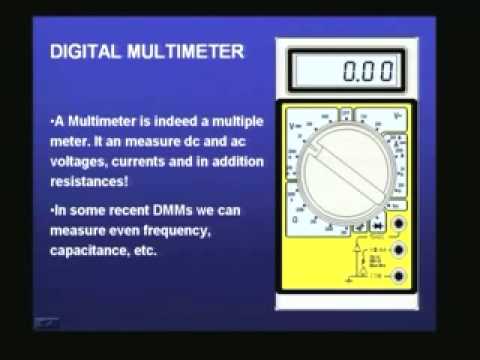Description:
Introduction: Importance of Learning By Doing, Impact of Electronics in the modern world, Need to understand Basic principles of electronics.
Components and their features: Passive: Resistors, Capacitors, inductors, Semiconductor Diodes, Different types of these components and their applications, Ohm's law, related theorems like Thevenin's, Norton's, Maximum Power transfer, etc.
Active Components: Transistors, FET, UJT and SCR. Brief introduction and simple applications.
Integrated Circuit Operational Amplifier: Introduction to ICs, Operational amplifiers, Op Amp characteristics, Feed-back, Different Feedback configurations, Current-to-voltage and Voltage-to-current converters, voltage amplifier & current amplifiers, Mathematical operations, summing, differential, Integrating amplifiers, Instrumentation amplifiers, Comparators, Relaxation oscillators, RC-Oscillators (Phase-shift & Wien's bridge), Active filters (First Order) with low pass, high pass and band stop and bandpass.
Read more

Basic Electronics
Add to list